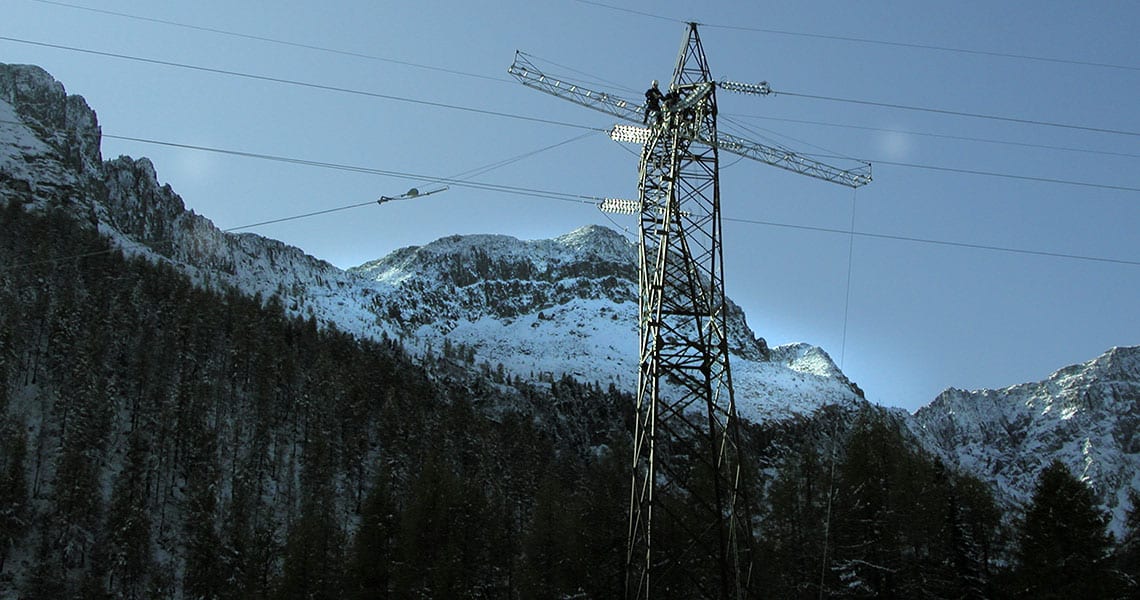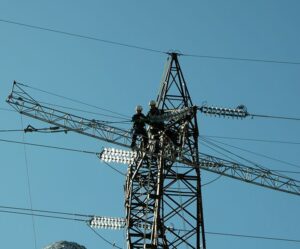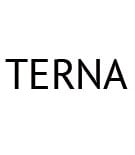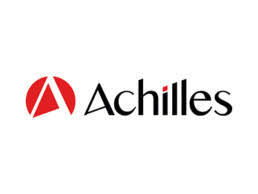Tratos OHC CFCC (Carbon Fiber Composite Conductors) – Overhead Conductor
Energy Cables / Overhead Conductor Cables Energy Cables / DNO Approved Cables / Overhead Conductor Cables DNO


Bare overhead conductors are crucial in nearly every electrical power transmission and distribution network infrastructure.
In addition to the power-carrying phase conductors, which transmit electricity along steel supporting towers, a crucial element in these systems is the protection against lightning and fault currents. Typically, at least one earth wire is employed to safeguard the circuits. The design of these conductors is a meticulous process, aiming to meet electrical, mechanical, and environmental requirements efficiently and cost-effectively.
The majority of overhead conductors are configured in a concentric lay-stranded form. This design consists of a single straight-core wire enveloped by one or more layers of helically stranded wires. In each successive layer, the direction of the twist is reversed, with the outermost layer conventionally having a right-handed lay.
Overhead conductors come in various types, each designed to address specific requirements and constraints, utilising materials like copper, cadmium copper, or aluminium. Here are the primary types:
Making the most of carbon fibre’s excellent material properties, CFCC shows superior performances in terms of High Tensile Strength, Flexibility, Lightweight, High Corrosion Resistance, Non-Magnetism, and Low Linear Expansion compared to conventional cables. CFCC can be easily wound into a coil or onto a reel because of its stranded construction; thus, it can be applied as long-span cables.
Energy Cables / Overhead Conductor Cables Energy Cables / DNO Approved Cables / Overhead Conductor Cables DNO
Energy Cables / Overhead Conductor Cables Energy Cables / DNO Approved Cables / Overhead Conductor Cables DNO
Energy Cables / Overhead Conductor Cables Energy Cables / DNO Approved Cables / Overhead Conductor Cables DNO
Energy Cables / Overhead Conductor Cables Energy Cables / DNO Approved Cables / Overhead Conductor Cables DNO
Energy Cables / Overhead Conductor Cables Energy Cables / DNO Approved Cables / Overhead Conductor Cables DNO


Please, don’t hesitate to contact us for additional information on our company or our products.
Tratos Overhead Conductor Cable Innovative Design
Following the development, testing and successful installation of a completely new design of hybrid Overhead Conductor Cable for use in overhead lines, Tratos have proved the concept and principle that this innovative design avoids the limitations of traditional conductor designs. The initial Tratos design was based upon a high load carrying carbon fibre core with two compact, space-saving, segmental thermal resistant aluminium alloy (AT1) wire layers applied helically around. Tratos have further developed and improved the concept; Tratos can now offer a bespoke design of centre matched to the actual circuit and installation conditions, with one, two or three layers of either circular or segmental wires to meet the existing or forecast current carrying capacity.
Most importantly, these Tratos Overhead Conductor Cable innovative designs are not governed by existing materials and technology, where any increase in transmitted power results directly in either an increase in size and hence the weight of the conductor or an increase in the operating temperature above the recommended maximum operating temperature.
APPLICATIONS
These new innovative hybrid conductors are especially suitable as a fast and cost-effective replacement for traditional ACSR conductors in short and medium spans in all topographical locations.
BETTER BY DESIGN – Current carrying capacity is twice that of traditional designs. Reduced weight and strain allow existing pylons and standard installation techniques to be used.
MORE STRENGTH, LESS SAG – Greater tensile strength to withstand snow, ice and wind loadings. Less sag and increased ground clearance at the maximum current rating.
ECONOMIC BENEFIT – Tratos Overhead Conductor Cables reduce cost and make easier installation alongside increased power transmission
Read more about Overhead Conductor Research
Our website uses cookies and thereby collects information about your visit to improve our website (by analyzing), show you Social Media content and relevant advertisements. Please see our cookies page for further details or agree by clicking the 'Accept' button.
Below you can choose which kind of cookies you allow on this website. Click on the "Save cookie settings" button to apply your choice.

This content is blocked. Accept cookies within the '%CC%' category to view this content.